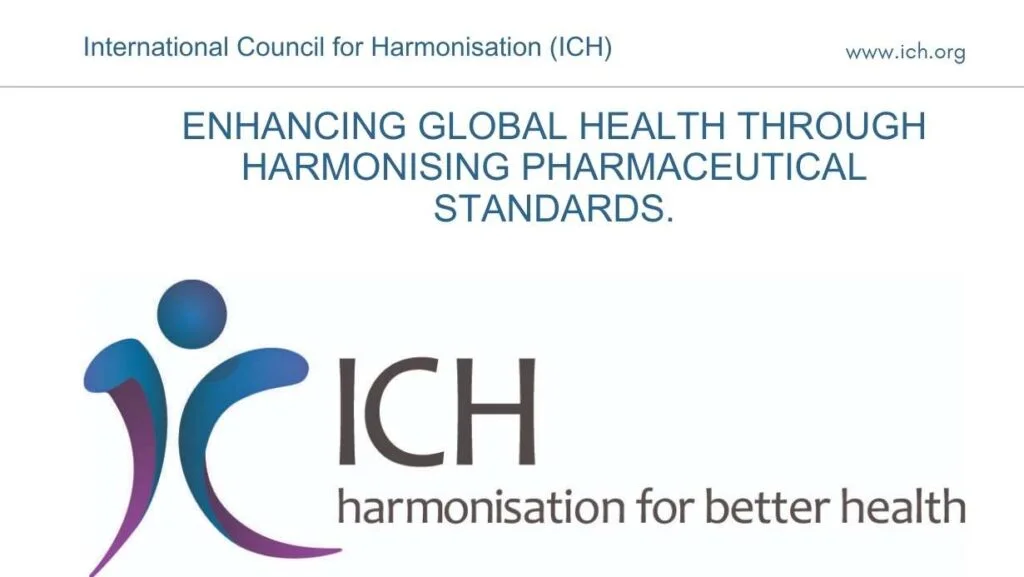Explore the impact of global regulatory harmonization in the pharmaceutical industry. Learn how it improves patient access, reduces costs, and enhances compliance with BioBoston Consulting.
Welcome to the age of global regulatory harmonization — a game changer in the pharmaceutical sector.
Introduction
The pharmaceutical industry is responsible for improving healthcare across the globe. Nevertheless, if you are working in a global market the regulatory framework grows even more because different countries with different regulations across regions must follow certain guidelines.
This lack of consistency presents logistical burdens and could also limit access to necessarily life-saving drugs. These are the issues global regulatory harmonization look to solve by standardization of regulatory standards and requirements across the board.
Global Regulatory Harmonization.
Regulatory Harmonization is the process of coordinating and standardizing regulatory requirements and guidelines for pharmaceutical products across multiple countries and regions globally. It is intended to harmonize quality standards internationally to ensure that each step of the pharmaceutical development, production and supply can be based on these regulations resulting in a final product which is safe and more effective.
Effects on Pharmaceutical Compliance
Streamlined Processes:
The most obvious and early benefit of global regulatory harmonization is more efficient regulation. Companies can take a streamlined approach to market authorization making such delays less common and therefore cheaper.
Enhanced Efficiency:
Standardized regulatory requirements enable pharma companies to better allocate resources, channeling development efforts towards innovation and product development rather than navigating a myriad of new or different global regulatory landscapes.
Patient Access:
Converged laws can effectively get life-saving drugs into the hands of patients in crisis, especially when entire geographical nations are undergoing urgent healthcare problems.
Cost Savings:
Pharmaceutical companies, for example, could benefit from reduced administration costs associated with less duplicative testing and documentation required for different regulations.
Key initiatives related to global regulatory harmonization
Global Regulatory Harmonization in the Pharmaceutical Industry — Key International Organizations and Initiatives
International Conference for Harmonisation (ICH):
The ICH works with regulatory authorities and pharmaceutical industry experts worldwide to implement high standards for quality, safety, efficacy and performance of pharmaceutical products. The ICH has developed several guidelines that have been implemented by regulators around the world.
Pharmaceutical Inspection Cooperation Scheme (PIC/S)
Pharmaceutical Inspection Co-operation Scheme (PIC/S) is an organization set up by the regulatory authorities of participating countries on harmonization of Good Manufacturing Practices. PIC/S has a goal to guarantee that pharmaceutical products are produced in compliance with requirements for achieving acceptable quality.
WHO Prequalification Program
The WHO Prequalification Program assesses and prequalifies pharmaceutical products and vaccines to promote their utilization by United Nations agencies and other international organizations. It is critical for providing access to essential medicines in low- and middle-income countries.
Success Stories: A Real Implementation
As an example, a company who developed the first oral cancer medicine, Orasone therapy in their therapeutic area would benefit from global regulatory harmonization and this is just one of many benefits that could be realized. By aligning regulatory approval standards, the company could fast track local approvals in multiple countries and allow patients from all over the world access this life-saving therapy..
Clumsiness and Next Scenarios
Global regulatory harmonization, has a lot going for it as well as headwinds against it. These are challenges stemming from variability in the regulatory capacity of countries, cultural and legal differences between jurisdictions, as well as the fast pace of technological innovations.
But there is still hope for the future of global regulatory harmonization. Advancements in technology and communications means that international collaboration is now a real possibility. There are challenges that pharmaceutical enterprises, regulatory agencies and international health agencies will not be able to solve alone, and they will continue to improve the existing regulatory landscape.
Conclusion
Regulatory harmonization at a global level is not just the latest buzzword in Big Pharma. It improves efficiencies, patient access and cost savings with the provision of care in a manner that maintains the highest levels of safety and quality.
You can contact BioBoston Consulting now and find out how we could help your organization or just visit our page.


